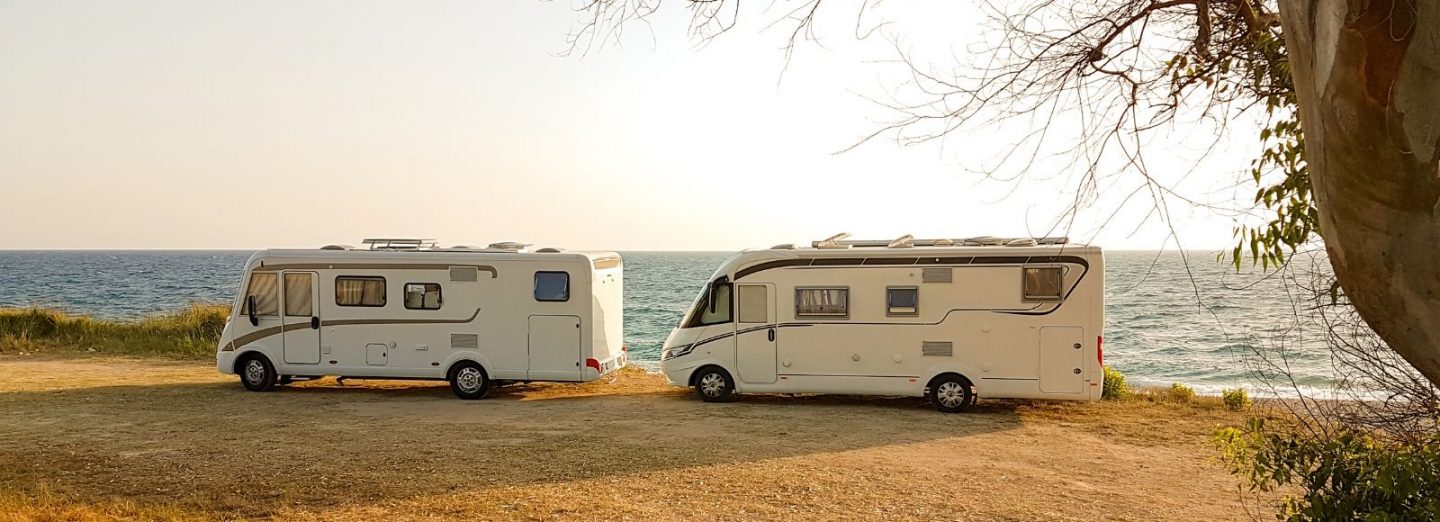Making sense of the draft Planning and Design Code — Part Three — Tourism Development
23 October 2019
This Paper is Part Three in our series of Papers on Phases 2 and 3 of the draft Planning and Design Code (“the Code”) which is currently on public notification.
Part One can be located here. Part Two can be located here.
In this third Paper, we focus on how tourism development is to be assessed under the Code. In particular, we examine those parts of the Code that anticipate tourism development, assessment criteria and areas for improvement.
Tourism Development
Tourism development is included in the Code in specific zones and as an envisaged land use within a number of other zones. The Code also proposes definitions for “Caravan and Tourist Park” and “Tourist Accommodation” (see below).
The Caravan and Tourist Park Zone (“CTPZ”) in the Code will, generally, replace the Caravan and Tourist Park Zone currently contained Development Plans. The Tourism Development Zone (“TDZ”) will apply to land and areas that are currently identified by a number of different zones in Development Plans including the Tourism Development Zone, Regional Centre Zone, River Murray Fringe Zone, Tourist Accommodation Zone and Mixed Use Zone.
General Comments
There are a number of Zones in the Code that identify forms of tourism development as envisaged land uses, often in the form of tourist accommodation or hotels. Despite forms of tourism development being envisaged land uses, there are only a handful of Zones in the Code that include ‘deemed-to-satisfy’ or performance assessed criteria for tourism development.
The Zones in Phase 2 and 3 of the Code that include criteria for tourist accommodation and other forms of tourism development are the Caravan and Tourist Park Zone, the Conservation Zone, the Infrastructure (Ferry and Marina) Facilities Zone, the Motorsport Park Zone, the Peri-Urban Zone, the Rural Zone, the Rural Horticulture Zone, the Suburban Main Street Zone and the Tourism Development Zone.
In addition to the above zones, a wide range of other zones also envisage tourist accommodation such as the Capital City Zone, the City Main Street Zone, the City Riverbank Zone, the Suburban Activity Centre Zone, the Suburban Employment Zone, the Urban Activity Zone, the Urban Corridor Zones, the Urban Neighbourhood Zone, the Master planned Suburban Neighbourhood Zone, the Township Main Street Zone and the Township Activity Centre Zone. Depending on the exact zone, these zones also envisage a wide range of other tourism development and related activities such as, for example, hotels, licensed venues, restaurants, cinemas and other commercial based tourism or allied activities.
It is to be noted that tourism development is not classified as restricted within any of the Zones in the Code with the exception of the Conservation Zone that limits tourist accommodation to the Visitor Experience Subzone. This is to be contrasted with current Development Plans which identify tourism development as non-complying in a large number of Zones and may need to be carefully considered in sensitive areas where tourism development is presently, expressly, discouraged.
Specific Observations – Caravan and Tourist Park Zone and Tourism Development Zone
Our comments can be read at this attachment.
Specific Observations – Tourism Development Assessment Provisions
Specific assessment provisions for tourism development are included within Part 4 – General Development Policies of the Code.
There are two parts to the Tourism development assessment provisions. The first are general provisions that apply to any tourism development. The second are a series of provisions that apply only to caravan and tourist parks.
The provisions that apply to caravan and tourist parks also recognise and apply to ‘residential parks’ as defined in the Code and under the Residential Parks Act 2007. Given that residential parks have different planning impacts to those of caravan and tourist parks, we suggest that consideration be given to separate assessment provisions for these uses.
We also suggest that consideration be given to cross-referencing Ministerial Building Standard SA 003 – Fire safety in caravan parks and residential parks within the Code to ensure that planning consents are not, inadvertently, granted contrary to this document.
Our comments regarding the assessment provisions are contained here.
Specific Observations – Recreation Zone Provisions
In a number of Council Development Plans, the Recreation Zone acknowledges and envisages a broad range of activities that are allied to, or associated with, recreation – such activities include tourist accommodation, shops and restaurants.
The Recreation Zone in the Code offers little policy assistance for allied activities such as those mentioned above – this could be addressed by a simple amendment to PO 1.2 to envisage or promote dwellings, tourist accommodation and ancillary activities that are designed as part of a golf course or recreational precinct and where such development does not prejudice the overarching intent of the Zone.
Terms and Definitions
The Code uses various defined and non-defined terms to described tourism development. See Paper One for our comments on defined terms. Non-defined terms can be problematic as they create avenues for legal challenge.
The attached non-defined terms require refinement.
With regard to definitions, and as discussed in Part One, there is opportunity for the Code to provide clearer land use definition and policy guidance where boutique-style tourist accommodation is envisaged so as to avoid confusion where such development has a similar form to a dwelling. Difficulties with boutique, dwelling-style accommodation often arises in coastal, riverine and landscape/scenic settings where dwellings are discouraged. Amendments to the definition of tourist accommodation and dwelling are required to avoid these difficulties being “carried over” to the Code.
For further information regarding the draft Code, please contact:
Victoria Shute: vshute@kelledyjones.com.au
David Altmann: answers@developmentanswers.com.au

